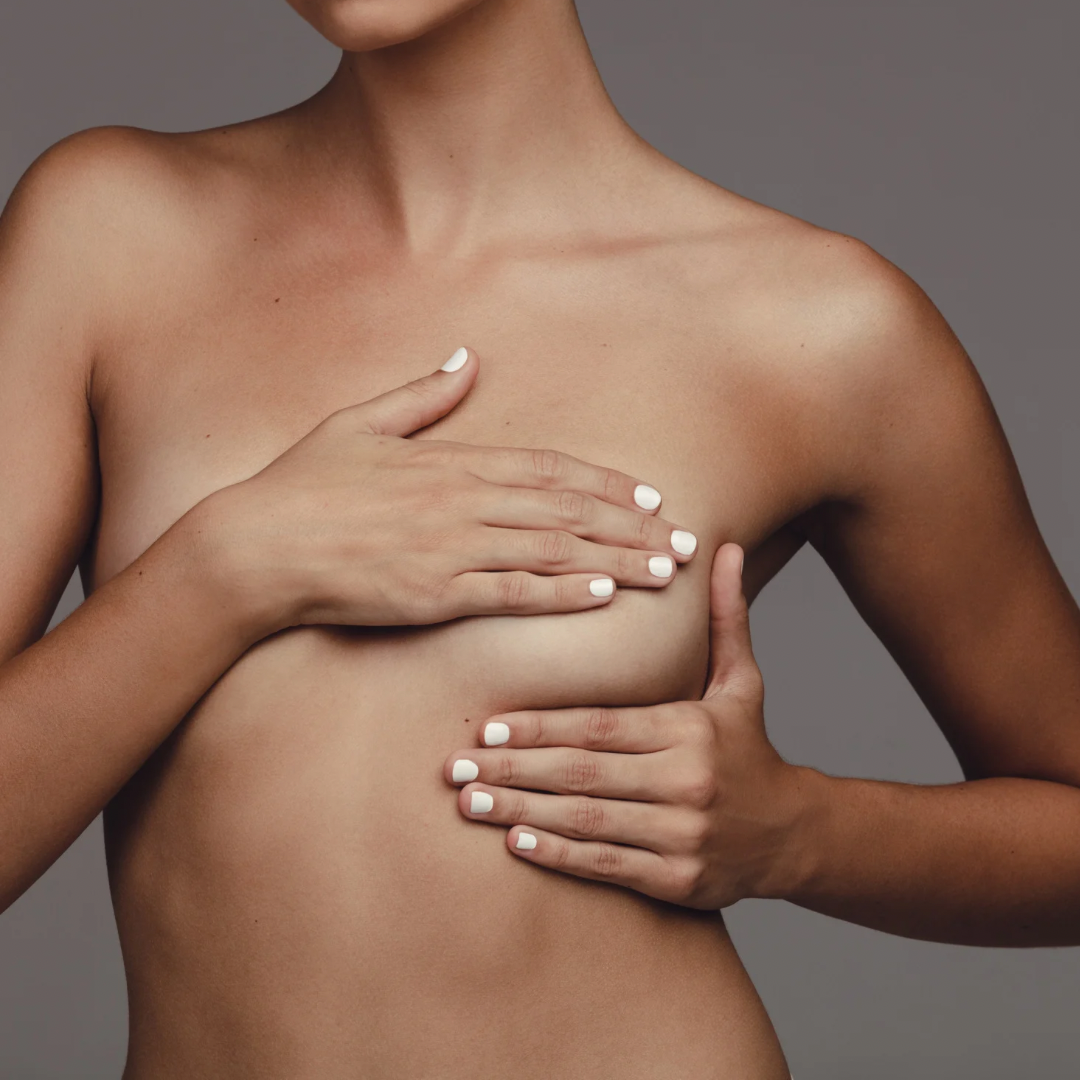Beware The 'Bliss Point' Foods That Are Making You Overeat
The 'bliss point' – the exact measures of fat, sugar, and salt that make our taste buds tingle and override the brain's natural 'stop' signals.
Have you ever found yourself craving a second helping of dessert after a filling dinner, or finishing a sharing-size bag of crisps or chocolate?
You’re not alone. It can be incredibly hard with some foods to know when to stop.
What is it that makes certain foods seemingly irresistible? What keeps us coming back for more, even when we know we’re full? What makes us binge on foods we know are bad for us?
This is most likely down to a psychological phenomenon called 'sensory-specific satiety', writes Tamara Willner, nutritionist at Second Nature.
As we consume more of a particular flavour, our taste buds slowly get more and more tired of it, and we stop eating that food.
When presented with a new flavour, we get more reward from it, and so we continue eating. We can see this concept in action at an all-you-eat buffet; we’re likely to eat more because there is a variety of flavours to keep our taste buds interested.However, our taste system can be tricked when salt, fat, and sugar are carefully combined in expertly measured amounts to be ‘just right’. At this point, we keep coming back for more, even when our bodies are trying to tell us to stop, because we keep experiencing pleasure. This is known as 'bliss point' – the exact measures of fat, sugar, and salt that make our taste buds tingle and override the brain's natural 'stop' signals.
This bliss point plays a significant role in why we crave certain addictive foods, such as ice cream and crisps. Even in the most strong-willed individuals, these cravings can seem impossible to resist. Of course, food brings pleasure in many other ways; for example, by producing feelings of nostalgia or enjoying food socially with family and friends.
There is absolutely nothing wrong with this, but there is a difference between enjoying food and building unhealthy habits by overeating foods that hit our bliss point. We must also remember that to build a strong and health body we must fuel it with nutritious and vitamin rich foods.
Which foods are engineered to reach the ‘bliss point’?
Surprisingly, it’s not just the foods that you’d expect which have been engineered in this way. The more obvious bliss-point items include:
Cakes
Biscuits
Doughnuts
Ice cream
Crisps
Muffins
Chocolate
Sweets
However, it’s more than just the obvious foods. Next time you pick up a jar of tomato sauce, a can of soup, or some white sliced bread at the supermarket, stop to take a look at the ingredients and check how much sugar and salt are hidden inside.
Less obvious potential bliss-point foods include:
Condiments are a lesser know culprit of bliss point engineering.
Sauces
Dressings
Dips
Soups
Bread
Cereal bars
Many of these products can contain that longed-for trio of salt, sugar, and fat that keeps us coming back for more and promotes future cravings.
Why do these foods lead to us overeating?
So what's going on when we consume foods engineered like this? Why can't we get enough?
Our bodies respond to foods that hit the bliss point by triggering reward pathways in our brain and encouraging dopamine signalling. Dopamine is a neurotransmitter (chemical messenger) in the brain that is involved with feelings of euphoria, bliss, motivation, and pleasure.
The result of this is a feeling of pleasure, that acts like a high, and we keep on coming back for more. This leads to a perpetual cycle of cravings, eating more junk, weight gain, and more cravings!
This cycle is built upon ‘context-dependent’ memory. Our brain remembers what actions make us feel good, such as eating chocolate. Then when we feel bad for whatever reason, our brain says ‘eating chocolate might help’, and we are driven to eat chocolate. After we repeat this process enough, it becomes a habit.
A study demonstrated that when rats eat sugars and fats separately, their brains send them messages to stop when they’re full.
However, when they’re combined in a deliciously decadent duo, their pleasure receptors went into overdrive, overpowering that internal stop switch.
On top of this, the more bliss-point foods the rats consumed, the more they had to eat to get that same pleasure hit next time.
This suggests that the more we consume bliss-point foods, the more likely we are to overeat, especially when our brains are seeking pleasure.
Building balanced meals can help us feel satisfied and reduce the risk of junk food cravings in between meals.
Top 5 Tips to Reduce Junk Food Cravings
1. Eat mindfully
When you really want some junk food, have it, enjoy it and eat it mindfully. Removing distractions (e.g. mobiles, tv), eating slowly, and engaging all of your senses is the best way to do so.
2. Be prepared
Write down a plan to prevent certain scenarios from happening. For example, ‘If I’m bored at home and crave chocolate, then I’ll listen to a podcast, so my mind has something else to focus on.’
3. Build balanced meals
Building balanced meals can help us feel satisfied and reduce the risk of junk food cravings in between meals. Opt for fresh vegetables, (e.g. spinach and peppers), minimally-processed meat, fish, or vegetarian alternatives (e.g. chicken, salmon, tofu), and wholegrain carb options (e.g. brown rice or rye bread).
4. Be aware of bliss-point foods
Try to be aware of unexpected foods that we use every day (e.g. tomato sauce) which has also been engineered to have a bliss-point. Try experimenting with making your food to replace shop-bought ones with added sugars and salts.
5. Sleep
The more sleep-deprived we are, the more hungry we feel and the more we crave energy-dense, sugar, and fat-filled foods as opposed to healthy snacks. Getting 8-9 hours of sleep, compared to 6-7 hours, can massively reduce the risk of junk food cravings.
More About The Source
Second Nature is a 12-week NHS-backed healthy eating plan that aims to ‘rewire’ bad eating habits and replace them with good ones - for long-term gains. It can also help to ‘reverse’ type 2 diabetes. www.secondnature.io. How Second Nature works:
Participants receive a set of ‘smart’ scales and a wearable activity tracker that links with an app, allowing them to track their weight loss progress and daily step count on their smartphones.
They are placed in a peer support group with 14 other participants starting simultaneously. Each group is coached by a qualified dietitian or nutritionist, who provides participants with daily 1:1 advice, support and motivation to via the app.
They agree a weight-loss goal and are guided through lifestyle and habit changes. Unlike most other weight-loss programmes, no food groups are banned and there is no calorie counting or points.
Throughout the three month programme, people have access to healthy recipes and daily articles covering topics like meal planning, how to sleep better, and how to overcome emotional eating.
#inconversation - Podcast Series
This week Natalie is joined by Sunday Times Best Selling Author, Podcast Host and Harley Street Nutritionist, Rhiannon Lambert to talk busting the myths around food, how to cook economically and nourishing your body for the major transitions of pregnancy and menopause. Discussing the development of Rhiannon’s hugely successful clinic and wellness brand Rhitrition, Rhiannon lifts the lid on a number of misconceptions around food labelling, calories and phytoestrogens. She talks how we should be fuelling our bodies healthily and how it’s essential to prepare our bodies for the demands of a changing reproductive system. Listen in for an expert chat with one of the UK’s leading voices on nutrition and wellbeing.














